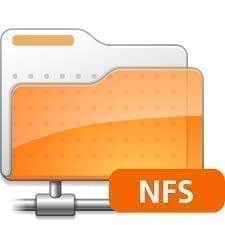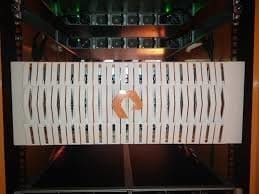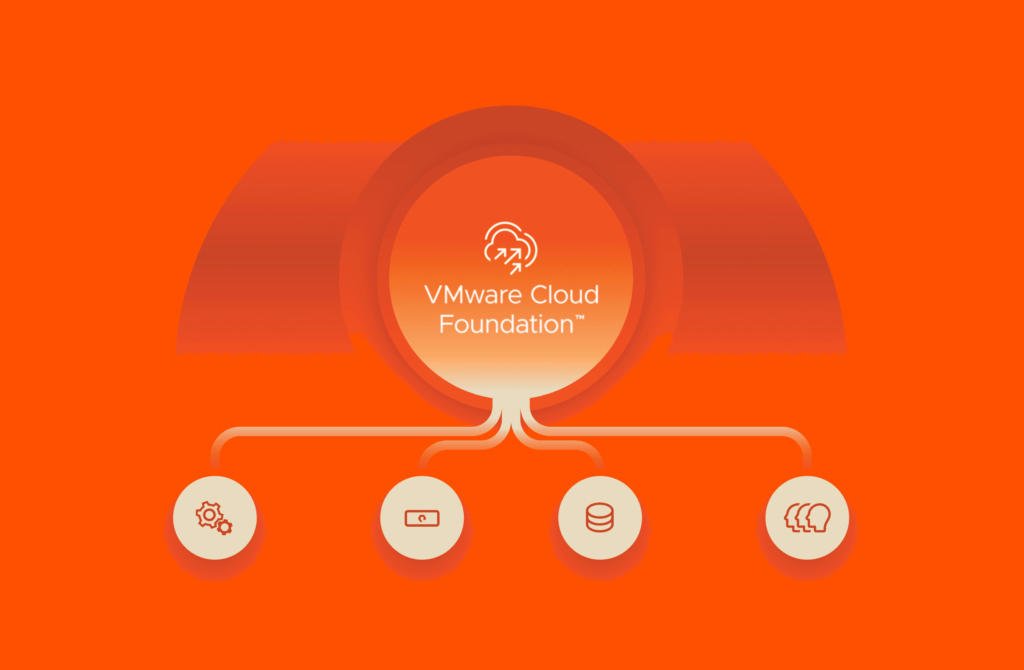This post was published in 2017 and may contain outdated specs—visit PureStorage.com for the latest.
In my last post“It’s What You Do with Data That Makes It Matter,” I wrote about the inherent absence of value in data if it’s not used and how the infrastructure behind data is key to maximizing the data’s value. In this post, I dig deeper into why your end goal for data is to derive value from it and how you can get there through critical support in the form of a great team and a great infrastructure.
Data Doesn’t Manage Itself
 Data doesn’t matter by itself and it doesn’t manage itself, at least not yet. To manage your data today, you need a team of data experts. You need that team to be top of its game — you want the data managed by those experts to run in a leading application, such as Oracle® Database or Oracle® Data Warehouse, and on an infrastructure that maximizes your team’s ability to manage the data and your business users’ ability to consume it. Without the right team, your data might not be managed properly. Without the right infrastructure, your data can move too slowly and your teams’ and business users’ tasks can be so cumbersome that the data’s value goes unrecognized or unutilized. Additionally, some data might be left out of the mix, which creates blind spots that can minimize your data’s value.
Data doesn’t matter by itself and it doesn’t manage itself, at least not yet. To manage your data today, you need a team of data experts. You need that team to be top of its game — you want the data managed by those experts to run in a leading application, such as Oracle® Database or Oracle® Data Warehouse, and on an infrastructure that maximizes your team’s ability to manage the data and your business users’ ability to consume it. Without the right team, your data might not be managed properly. Without the right infrastructure, your data can move too slowly and your teams’ and business users’ tasks can be so cumbersome that the data’s value goes unrecognized or unutilized. Additionally, some data might be left out of the mix, which creates blind spots that can minimize your data’s value.
What do I mean by data being left out? I mean not taking advantage of analyzing all of your data, such as audio, video (including surveillance videos), sensor data, social profiling, clickstream logs, location data from mobile devices, customer support emails, and chat transcripts. I mean not analyzing your big data and structured operational data side-by-side — on a single platform — so your business users aren’t able to query that data to find innovative approaches and solutions faster than ever.
The Digital Journey Path
On the journey to turning all of your data into valuable business insights, you will follow a path that looks something like this:
- Analyzing operational data (transactions), which is structured data stored in Oracle Database
- Realizing more value by adding data warehousing and business intelligence to provide descriptive analysis of your business based on historical data
- Obtaining maximum data value by combining all of your data assets — structured and unstructured — to gather predictive and prescriptive analytics from different sources, such as those mentioned above
Along that path, you’ll also put an expert team in place. But there is another side of the equation: infrastructure. As I explained in my previous post, the infrastructure your Oracle solutions run on has to be effortless and efficient for admins to manage and has to make data easy for end users to analyze and turn into usable business insights.
Data Has to Have Storage
The infrastructure that can enable these benefits is Pure Storage FlashBladeTM, an all-flash data platform that includes all the components needed to solve the challenges that data warehousing, management, and analysis present.

FlashBlade allows your team to manage data assets from both traditional relational database-management systems (RDBMSs) and file-based database-management systems (DBMSs). It’s a highly scalable solution, and it delivers high-performance read and write bandwidth.
Putting Oracle® Direct NFS (dNFS) on Pure Storage FlashBladeTM to the Test

In my last post, I touched on some high-level results from internal testing on Oracle® dNFS and FlashBlade performed at Pure Storage. We did this testing to show that FlashBlade actually delivers the performance we talk about. To do our testing, we designed a data-warehouse environment with Oracle Database 12c and performed a standard data-warehouse benchmark test that measured the performance of a system’s analytics capabilities by running a read-intensive workload that mimicked a commercial online analytical processing (OLAP) database. The goal of the benchmark was to document performance metrics for:
- Scan rate, which simulates a connection to a user performing a query against data-warehouse tables and measures the response time
- Data-ingestion rate, which measures the process of obtaining and importing data for immediate use or for placing in storage in the database
- How FlashBlade affects the read and write performance and scalability of Oracle data warehousing and analytics
 For the benchmark test, we used Oracle Database 12c installed on top of Oracle® Automatic Storage Management (ASM) Cluster File System (ACFS) running Oracle® Real Application Clusters (RAC), which enabled the database to be installed across multiple servers. We measured test results in terms of queries processed per hour. The results were impressive and showed that FlashBlade offers both high scan and data-ingestion rates; rates that can empower your team and your users to use all your data at rapid speeds and without delays in order to derive maximum value from data in Oracle Data Warehouse and other data solutions.
For the benchmark test, we used Oracle Database 12c installed on top of Oracle® Automatic Storage Management (ASM) Cluster File System (ACFS) running Oracle® Real Application Clusters (RAC), which enabled the database to be installed across multiple servers. We measured test results in terms of queries processed per hour. The results were impressive and showed that FlashBlade offers both high scan and data-ingestion rates; rates that can empower your team and your users to use all your data at rapid speeds and without delays in order to derive maximum value from data in Oracle Data Warehouse and other data solutions.
Summary of Test Results
Overall, we saw faster query execution, faster data ingestion, flexible scalability, and always-on encryption that didn’t impact performance. The table below summarizes our results.
| Metric | Pure Storage FlashBladeTM |
| Form Factor (Server-side Storage) | 4U |
| Usable Capacity | 1,607 TB* |
| Data-Reduction Ratio | 3:1 |
| Scan Rate | 16 GBps with all 8 Oracle® RAC nodes enabled |
| Database Load Rate | Up to 13 TB per hour |
| Maximum Read Throughput | 500K input/output operations per second (IOPS) |
*Usable capacity assumes 3:1 data reduction.
See Full Results and Learn More
To read more about our testing results and configuration, read the testing white paper, “Accelerate Your Analytics Game with Oracle Solutions on Pure Storage,” or visit www.purestorage.com/oracle.
You might also enjoy these other blog posts about Oracle. And I invite you to follow Pure Storage on Twitter (@PureStorage) and LinkedIn.




